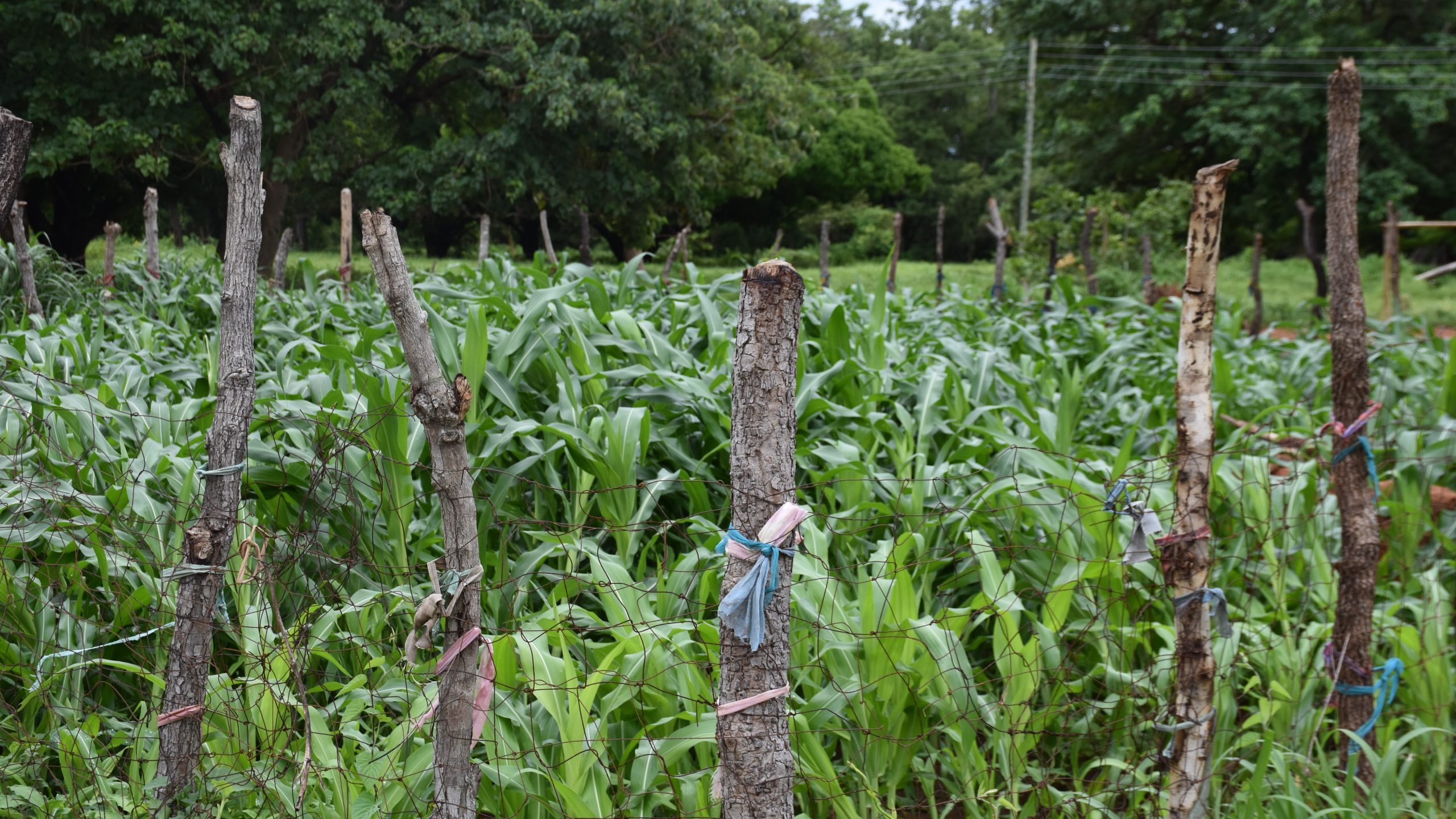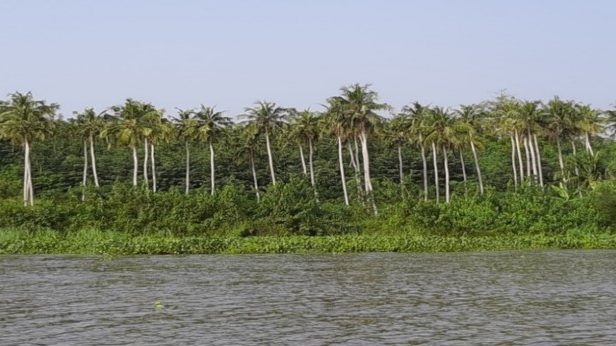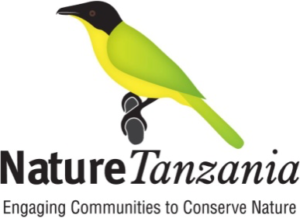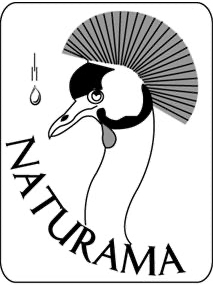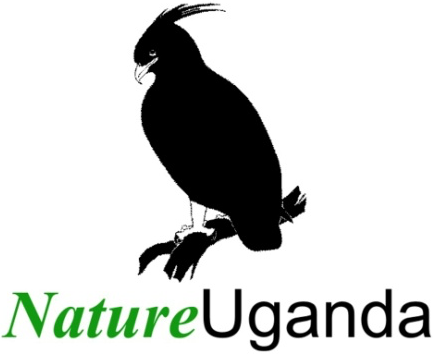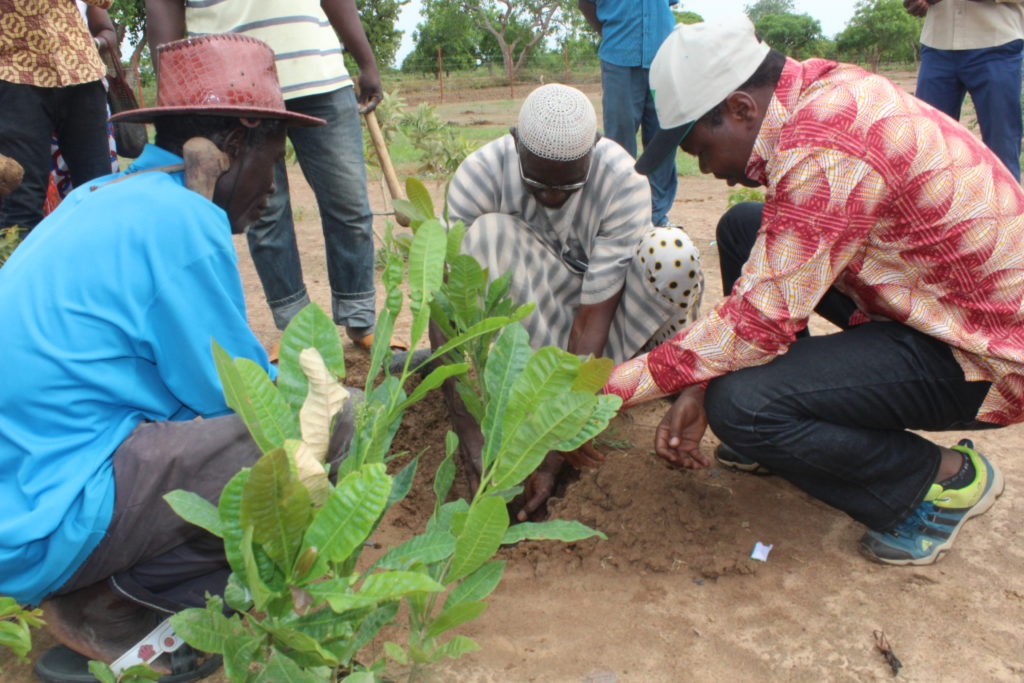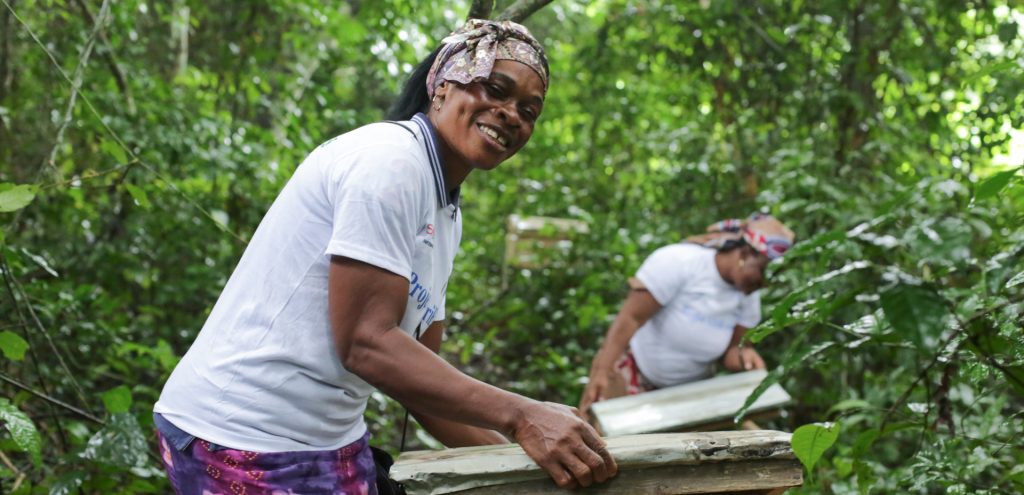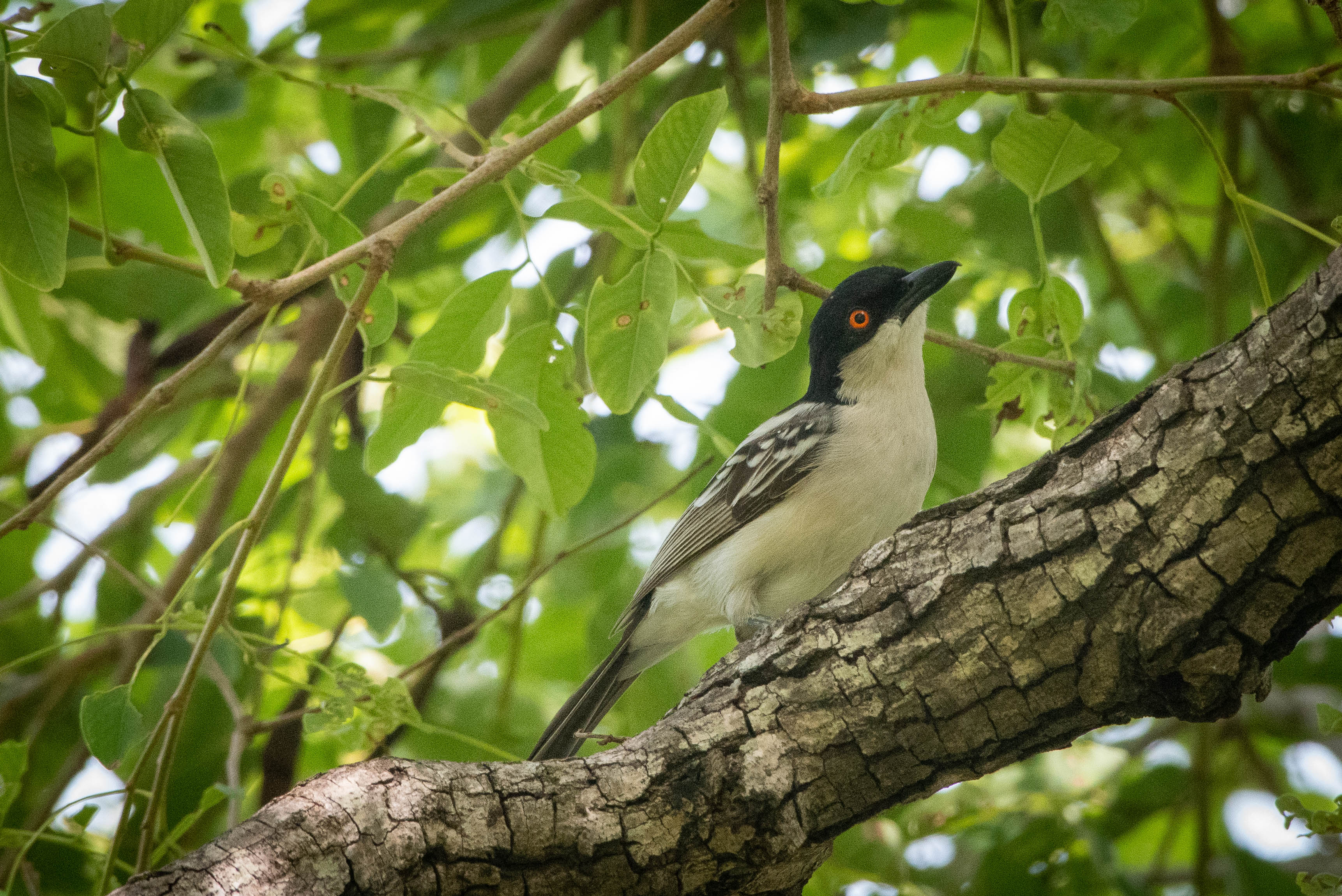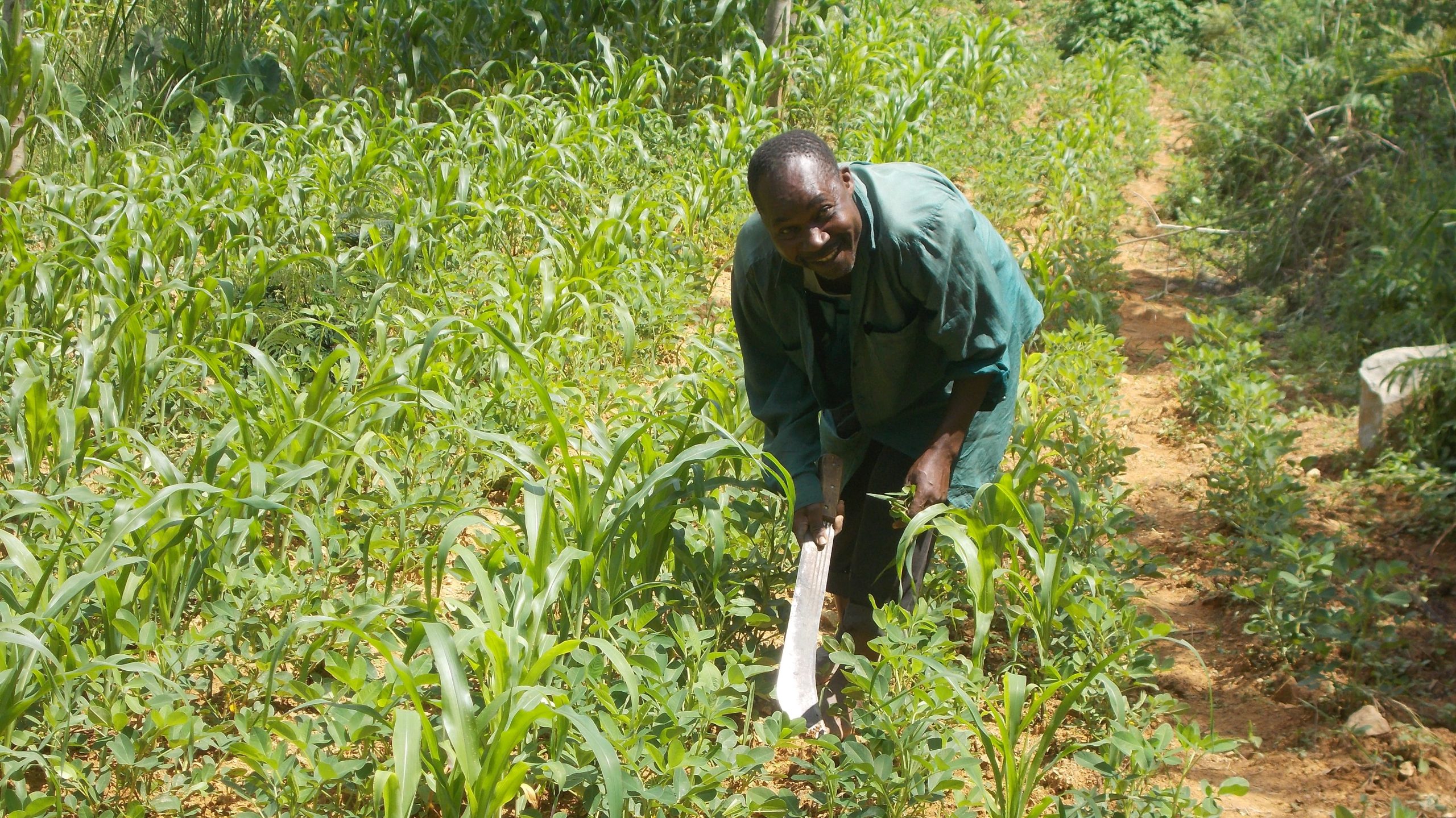Project activities and sites
Organisational capacities
Organisational development is a strategic process that enables institutions to improve their performance and effectiveness through systematic and structural changes in the organisation. To achieve this, strategies, structures and processes are developed, improved, adapted and strengthened. This enables organisations to better achieve their goals, such as improving people’s livelihoods and becoming more influential in nature conservation as well as providing more effective services to their various partners and stakeholders. Within the project this means to create and maintain continuous learning structures within each organisation. The capacities of the six partner NGOs are further developed through:
- Tailored training with digital cross-cluster modules
- South-South collaborations with cluster-specific peer-to-peer exchanges
- Cross-cluster organisational organisational development training
There will be a total of around 30 hours during six cross-cluster digital trainings in English and French. The trainings are developed and facilitated by international experts. All materials will be compiled as part of the project’s knowledge management.
Climate Smart Agriculture
Climate Smart Agriculture is a sustainable approach that aims to transform and reorient agricultural systems to address the current challenges of food security and climate change jointly and synergistically. With AfriEvolve, Climate Smart Agriculture capacities are strengthened through:
- Tailored trainings with cross-cluster digital modules: in total around 55 hours of expert-lectures organised into 11 cross-cluster digital trainings
- Facilitation of on-site learning and exchange visits with a total of 30 days of field training
- Pilot case studies (see below for details)
In each case, the pilot case studies are implemented by our project partner organisations in a pilot area with environmental and social significance.

Kenya
The Yala Delta borders with its 20,756 hectares Lake Victoria and is Kenya’s largest freshwater wetland and a Key Biodiversity Area (KBA). It acts as a critical filter for freshwater inflow into Lake Victoria.
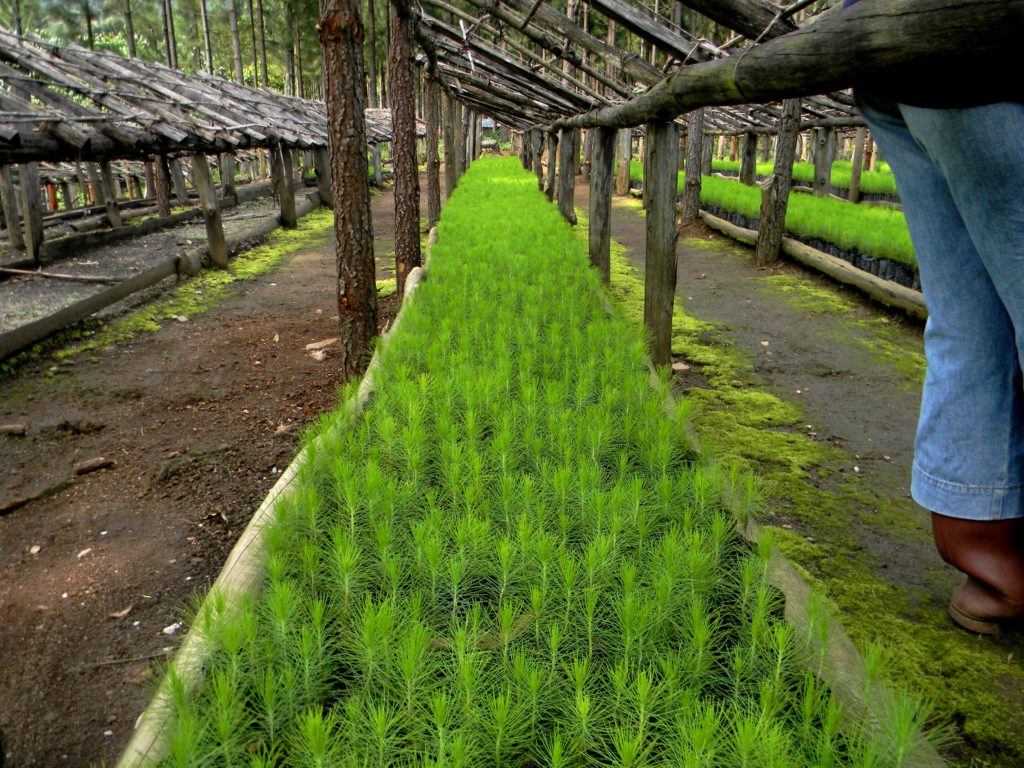
Uganda
Echuya Forest Reserve is a highland forest area at an altitude of 2,570 meters in the Albertine Rift in western Uganda, covering about 4,000 hectares. Echuya is in one of the most densely populated and poorest agricultural regions of the country.
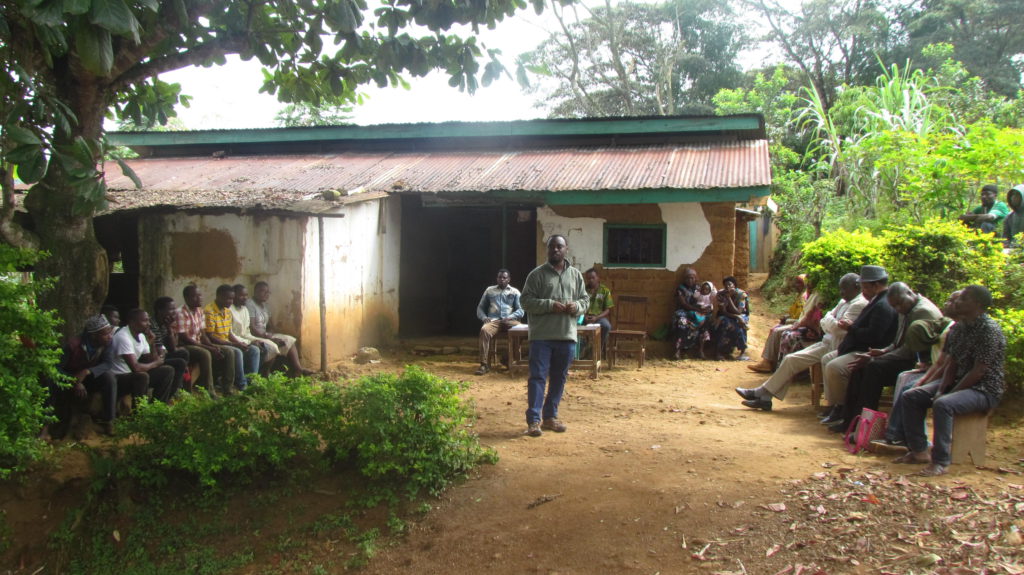
Tanzania
The Usambara Mountains are located in the Tanga region of north-eastern Tanzania, not far from the Indian Ocean coast and the border with Kenya. The mountains are partly still covered with remnants of very old (> 30 million years) forests and are of outstanding importance for nature and species conservation.
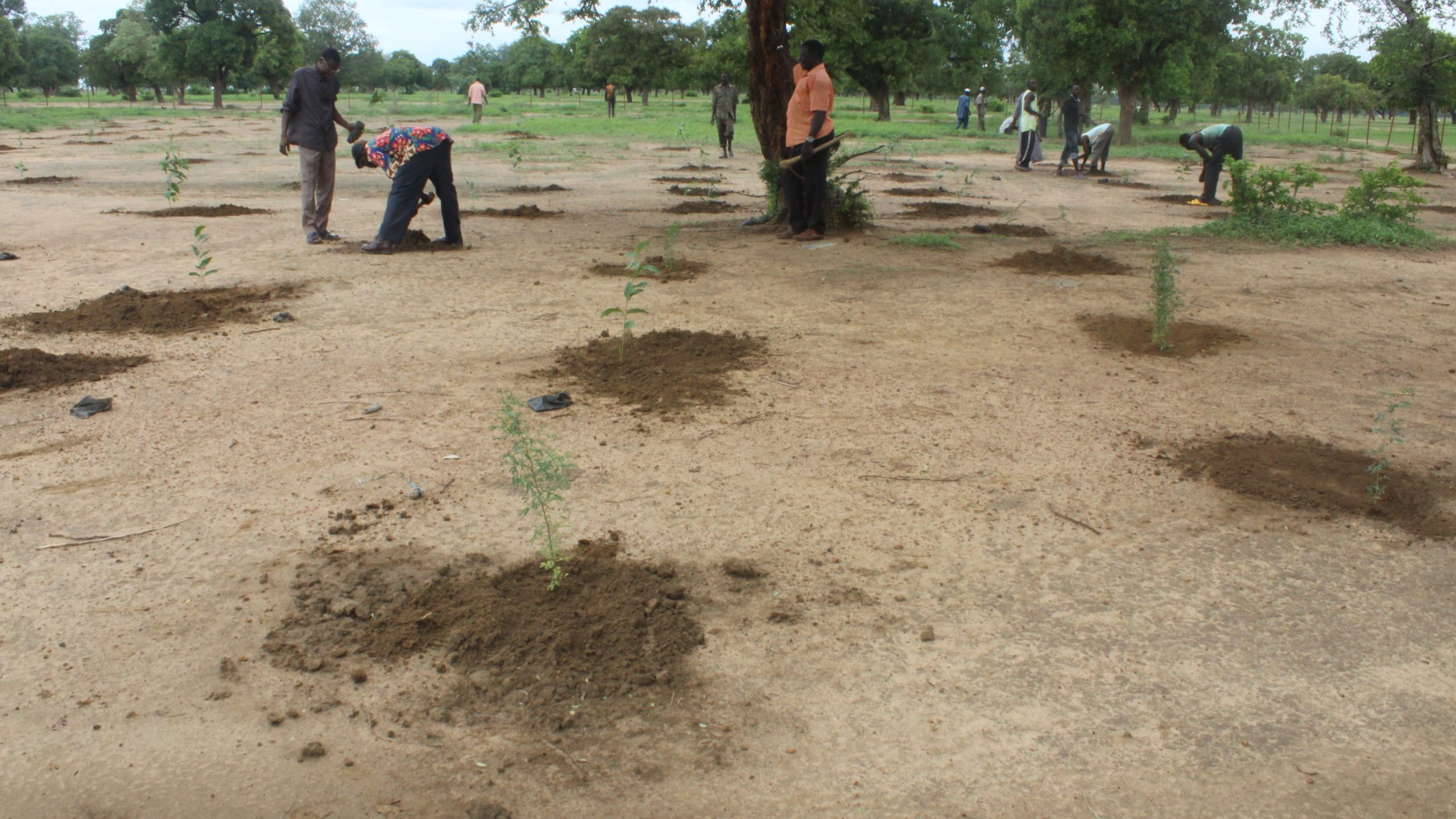
Burkina Faso
The Sourou Valley is a river valley on the border with Mali with a total area of 20,926 hectares. The valley consists of broad
floodplain marshes and acacia forests. Large parts of the area are dominated by agricultural land, where only trees of economic value remain.
